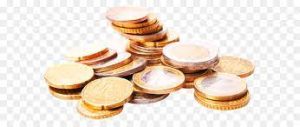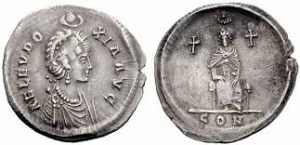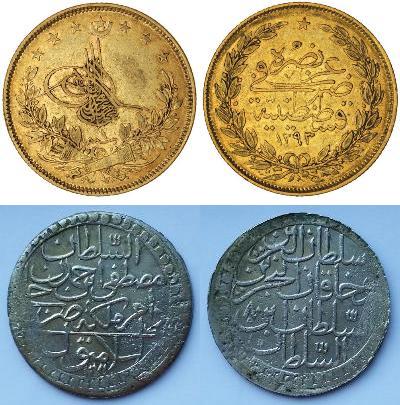Introduction:
With their inherent historical, cultural, and financial importance, coins act as physical reminders of the advancement of human civilizations. “Late coins” refers to a broad range of valuable numismatic artifacts that have withstood the test of time and each tells a distinct tale about the culture that coined them and the historical setting in which they were circulated. This essay delves into the fascinating history of late coins, illuminating their value, the stories they hold, and the collectors who are fervent about preserving these relics for coming generations.
Body:
Historical Context of Late Coins: Ancient coins from different ages and civilizations provide insight into the political and economic environments of those times. Coins from late eras, whether from the last years of a once-powerful empire or the formative years of newly forming countries, record changes in history, power conflicts, and cultural ups and downs. The late Roman coins that denoted the fall of the Roman Empire and the late Byzantine coins that indicated the end of Byzantium are two examples.
Cultural Significance: Late coins are cultural relics that capture the ideals, ideologies, and creative expressions of the cultures that made them, not just objects of money. On late coins, the images, text, and symbols frequently have deep cultural meaning. Historians and archaeologists may piece together the tales of gods, rulers, and momentous occasions that molded a people’s cultural identity by examining late coinage.
Economic Insight: Analyzing late coins can reveal important details about the era’s economic climate. Coinage debasement or change may be a sign of inflation, economic difficulties, or attempts by authorities to control monetary systems. Coins from the late era may also record trade networks, financial success, or the downfall of an earlier, more robust economy. Studying late coins’ metal composition, markings, and denominations provides a more sophisticated knowledge of economic history.


Transition and Innovation: Late coins are frequently used to identify transitional, innovative, or adaptable coinage eras. Monetarily, civilizations developed alongside each other. Coins from the late era may exhibit innovations in minting technology, modifications to design styles, or the use of novel materials. The developing metallurgy and aesthetics of late coins, for instance, indicate the transition from classical to medieval currency in Europe.
Collector’s Passion: Coin collectors, or numismatists, are essential to maintaining the history of late coinage. Their enthusiasm for gathering, examining, and collecting these relics advances our knowledge of the past. Collectors frequently focus on certain eras or civilizations, devoting their time to learning the backstories of rare coins and imparting their expertise to the general public.
Archaeological Discoveries: Archaeological digs often unearth late coins, hidden riches that provide a physical link to the past. These finds advance our knowledge of historical locations, commercial routes, and ancient peoples’ everyday life. Late coins discovered in archeological settings have been well preserved and documented, offering important background information for understanding the larger historical story.
Authentication and Preservation Challenges: The preservation and identification of late coins present difficulties for the field of numismatics. Numismatic research skills is necessary for authentication because counterfeits and copies are widely available. Corrosion, environmental damage, and the effects of incorrect storage conditions are problems that preservationists deal with. Maintaining late coins requires striking a careful balance between preservation and accessibility.
Global Perspectives on Late Coins: Late coins are a worldwide occurrence and are not limited to any one area or civilization. Examining late coinage from various global locations provides a comparative viewpoint on the emergence and decline of empires, cultural interactions, and the interdependence of human history. Scholars and amateurs can compare and contrast the late coins of different civilizations through the use of comparative numismatics.


Conclusion:
Finally, late coins are windows into the vast fabric of human history rather being just artifacts from the past. Every coin adds to our understanding of the emergence and fall of civilizations with its own markings and historical background. Late coins bear the marks of the communities that struck them, from the debased late Roman denarii to the magnificent late Islamic dirhams.



